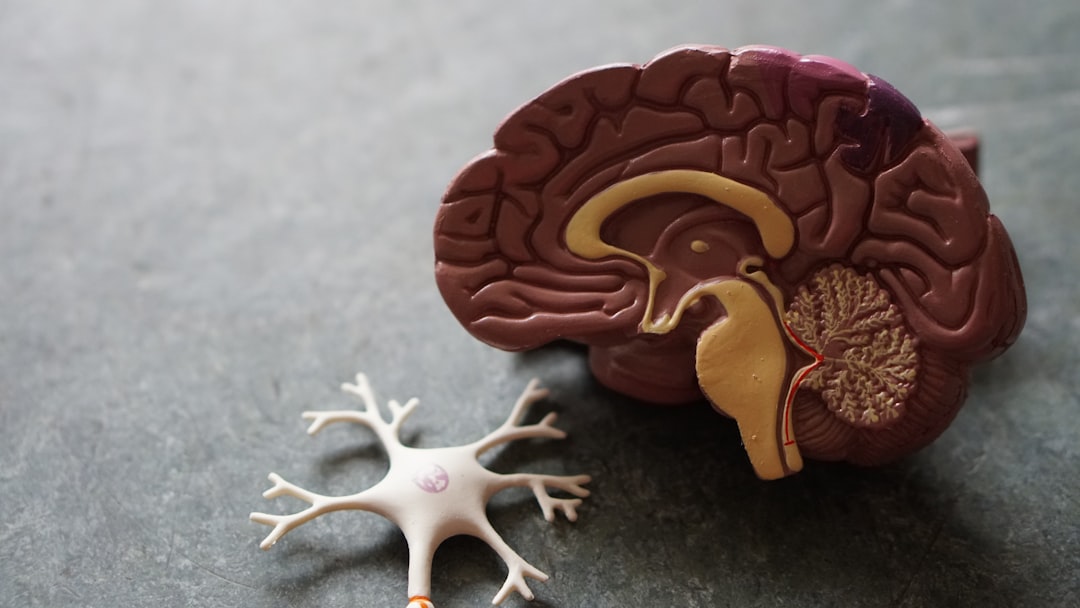What is it about?
The harmful proteins that play a role in the onset of Alzheimer's disease cause hyperactivity in the brain in the early stages. Utrecht-based scientists investigated the precise effect of this protein and discovered that the inhibitory brain connections are affected. They publish their findings 26 November in Journal of Alzheimer's Disease.
Featured Image
Why is it important?
One of the first symptoms of Alzheimer's disease is the hyperactivity of the neuronal networks in the brain. This is evident, for example, by an increase in epileptic seizures in people who later develop Alzheimer's disease. Researchers also see 'epileptiform activity' in young animals in mouse models, even before the disease manifests itself. "This indicates that hyperactivity is an important first characteristic of the disease," says last author Corette Wierenga. It was already known that an increase of the protein amyloid β plays a role in this. A high concentration of this protein is harmful and makes the brain cells hyperactive. However, it was unclear how this happens exactly and how it can explain the hyperactivity in the early stages of the disease. In this research the scientists studied the effect of amyloid β-protein by looking at the inhibitory electrical currents in brain material treated with this protein. This showed that these electrical currents were disturbed and decreased by the amyloid β-protein. The researchers also saw this decrease in mice that produce too much amyloid β themselves. They also discovered that the inhibitory brain connections – so-called inhibitory synapses – on the extensions of the nerve cells are considerably more sensitive to the amyloid β-protein than inhibitory synapses on the cell bodies. "These dendritic inhibitory synapses ensure that the different synaptic signals are correctly integrated and interpreted by the brain cells. A disruption of this integration process can lead to disturbed activity of brain cells", Wierenga explains.
Perspectives
So far, a lot of research has been done on excitatory cells and excitatory synapses in Alzheimer's disease, and much less on inhibitory signals. "The function of our brain is ultimately determined by the joint, coordinated activity of excitatory and inhibitory signals. Our results show that the dysregulation of inhibitory synapses plays an important role during the initial phase of the disease," says Wierenga. "A better understanding of the onset mechanism of Alzheimer's disease can hopefully lead to better therapies or medications or, ideally, a strategy to prevent the disease in the future".
Corette Wierenga
Universiteit Utrecht
Read the Original
This page is a summary of: Reduction of Dendritic Inhibition in CA1 Pyramidal Neurons in Amyloidosis Models of Early Alzheimer’s Disease, Journal of Alzheimer s Disease, November 2020, IOS Press,
DOI: 10.3233/jad-200527.
You can read the full text:
Contributors
The following have contributed to this page










